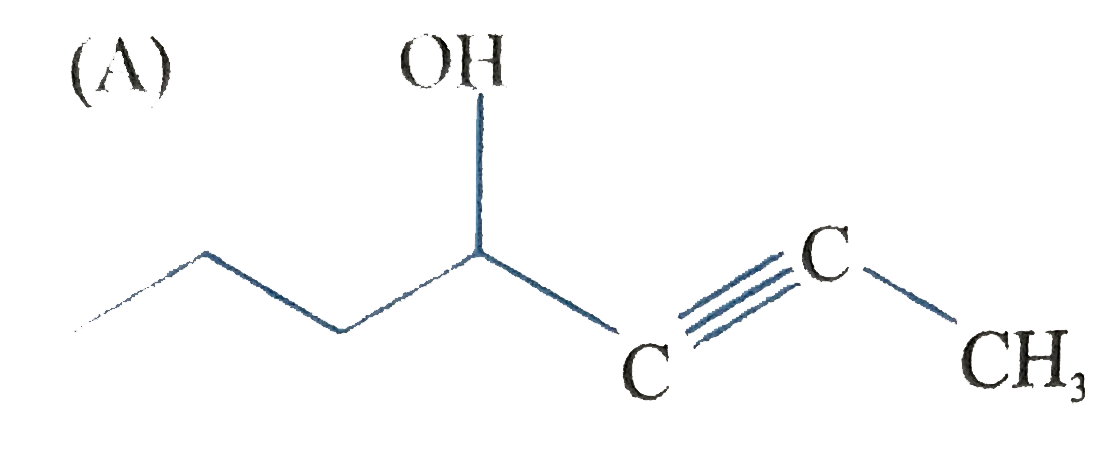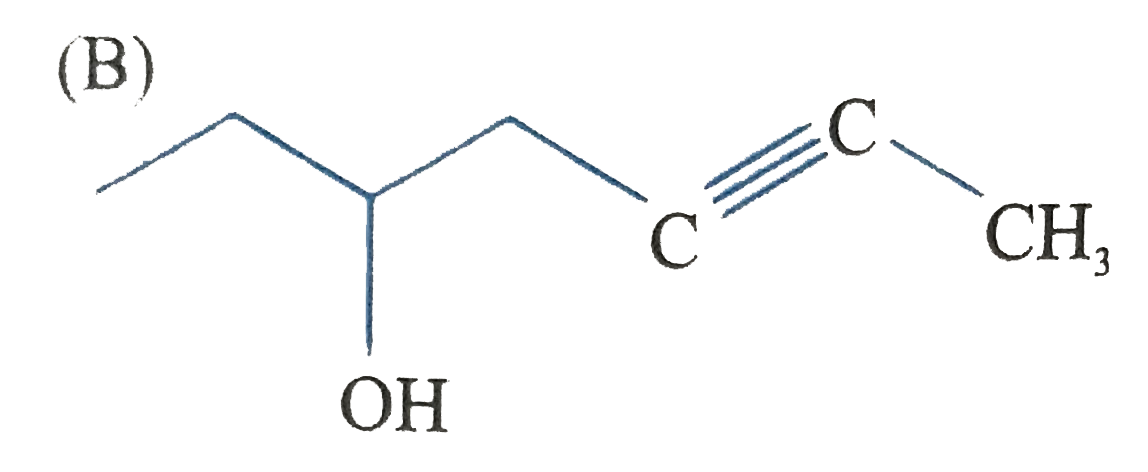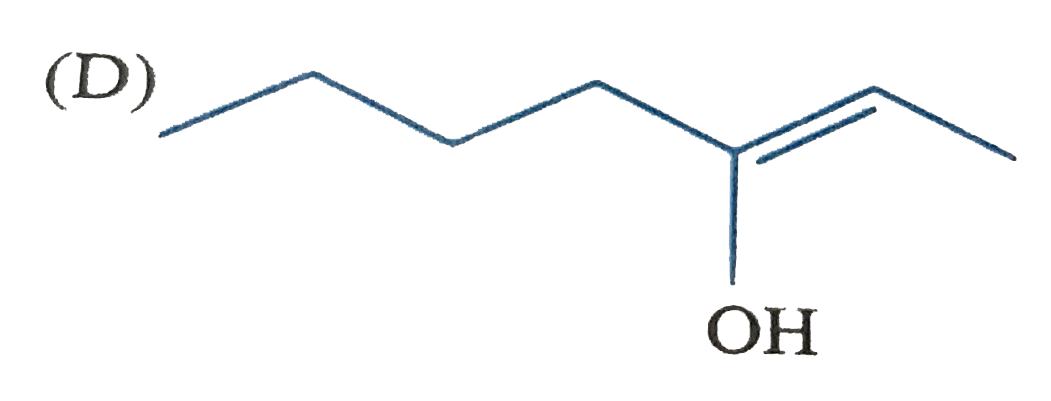Complete the following reactions by supplying the products and the reagents
CH3CH=CH2Br−−→[A]Na/liquid NH3−−−−−−−−−→[B]Fe tube −−−−−−→873K[C]
To complete the reactions step by step, we will analyze each stage of the reaction process as described in the video transcript.
Step 1: Reaction with Bromine
Starting Compound:
- Propene (CH₃CH=CH₂)
Reagent:
- Bromine (Br₂)
Reaction:
When propene reacts with bromine, the double bond opens up and bromine atoms add across the double bond. This results in the formation of 1,2-dibromopropane.
Product (A):
- 1,2-Dibromopropane (CH₃CHBrCH₂Br)
Step 2: Reaction with Sodium in Liquid Ammonia
Starting Compound:
- 1,2-Dibromopropane (CH₃CHBrCH₂Br)
Reagent:
- Sodium (Na) in liquid ammonia (NH₃)
Reaction:
In the presence of sodium and liquid ammonia, the sodium will abstract the most acidic hydrogen from the molecule, leading to the formation of a carbanion. This carbanion can then eliminate a bromine atom, resulting in the formation of an alkene.
Product (B):
- Propene (CH₃C≡CH) (after further elimination of hydrogen bromide)
Step 3: Reaction with Iron Tube at High Temperature
Starting Compound:
- Propene (CH₃C≡CH)
Reagent:
- Iron tube at 873 K
Reaction:
When propene is subjected to high temperatures in the presence of an iron catalyst, it undergoes a rearrangement to form benzene through cyclization and dehydrogenation processes.
Product (C):
- Benzene (C₆H₆)
Summary of Products:
- (A): 1,2-Dibromopropane (CH₃CHBrCH₂Br)
- (B): Propene (CH₃C≡CH)
- (C): Benzene (C₆H₆)
---
Starting Compound:
- Propene (CH₃CH=CH₂)
- Bromine (Br₂)
When propene reacts with bromine, the double bond opens up and bromine atoms add across the double bond. This results in the formation of 1,2-dibromopropane.
- 1,2-Dibromopropane (CH₃CHBrCH₂Br)
Starting Compound:
- 1,2-Dibromopropane (CH₃CHBrCH₂Br)
- Sodium (Na) in liquid ammonia (NH₃)
In the presence of sodium and liquid ammonia, the sodium will abstract the most acidic hydrogen from the molecule, leading to the formation of a carbanion. This carbanion can then eliminate a bromine atom, resulting in the formation of an alkene.
- Propene (CH₃C≡CH) (after further elimination of hydrogen bromide)
Starting Compound:
- Propene (CH₃C≡CH)
- Iron tube at 873 K
When propene is subjected to high temperatures in the presence of an iron catalyst, it undergoes a rearrangement to form benzene through cyclization and dehydrogenation processes.
- Benzene (C₆H₆)
- (A): 1,2-Dibromopropane (CH₃CHBrCH₂Br)
- (B): Propene (CH₃C≡CH)
- (C): Benzene (C₆H₆)
Similar Questions
Knowledge Check
CH3CH2CH2−O∣∣C−H+CH3−C≡CHNa,NH3(l)−−−−−−−→
A B
B C
C D
D
Complete the reaction
CH3−C≡C−CH3But-2-yneNa/liq.NH3−−−−−−−→H2?
View SolutionComplete the following reaction sequence
CH3−O∣∣C−CH3(i)CH3MgBr−−−−−−−−→(ii)H2O(A)Na metal −−−−−→Ether (B)CH3−Br−−−−−→(C)
View SolutionCH3BrNa−−→ether[A]Br2−−→hv[B]Na−−→ether[C]
View SolutionComplete the following by suppling intermediates
CH3BrNa−−−−−→etherABr2−−−−−→hvBNa−−−−−→etherC
View SolutionComplete the following reaction sequence:
CH3−O∣∣C−CH3−(i)CH3MgBr−−−−−−−−−−→(ii)H2O[A]Na Metal−−−−−−−→Ether[B]CH3Br−−−→[C]
View SolutionGive the structures of the products A, B and C in the following reactions:
(i) CH3CH2BrKCN−−→ALiAlH4−−−→BHNO2−−−−−−→0∘CC
(ii) CH3COOHNH3−−−−−→ΔANaOH+Br2−−−−−−−→BCHCl3+alcKOH−−−−−−−−−−→C
View SolutionComplete the following reactions sequence:
CH3−O∣∣C−CH3(i)CH3MgBr−−−−−−−−→(ii)H2O(A)Na metal−−−−−→Ether(B)CH3−Br−−−−−→(C)
View Solution

